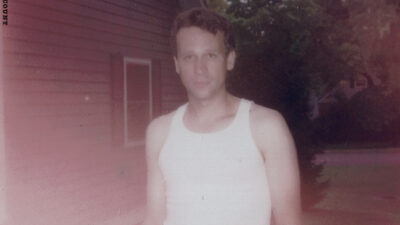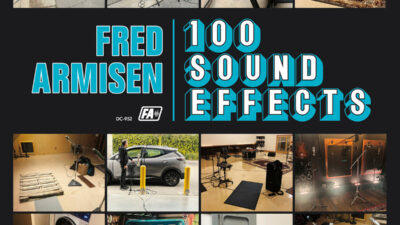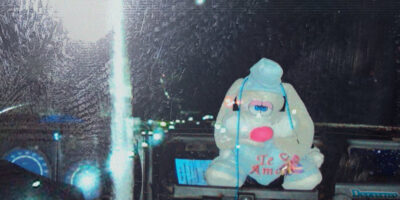Genre: Art Pop
Favorite Tracks: “Assume Form,” “Into the Red,” “Barefoot in the Park,” “Can’t Believe the Way We Flow,” “Where’s the Catch?” “Don’t Miss It”
Roughly 90 years ago, a group of men decided to bore a hole through a mountain made of solid granite bedrock. That decision was a bold one, considering it was a civil engineering project set in a largely uninhabited park, proposed during the heart of the Great Depression, and at a length of well over 4000 feet, would become the longest tunnel in California. These obstacles were not enough to subdue the hubris of these men. The Wawona Tunnel remains the longest of its kind in California and is home to one of the most iconic and cathartic vistas in the United States.
James Blake’s fourth LP, ASSUME FORM, perfectly captures the feeling of emerging from the Wawona Tunnel into the Yosemite Valley. The long, dark, seemingly unending journey that precedes the valley’s relief is quite analogous to Blake’s preceding discography. While his previous three studio albums have been mostly bereft of happy moments, ASSUME FORM could pass for a self-congratulatory victory lap, 1000% content and convinced it can’t be improved. Of course, that’s not true with any album, but this is a record that can back that claim up enough to not sound foolish. From the outset, ASSUME FORM differentiates itself from its predecessors in its first verse: “Gone through the motions my whole life / I hope this is the first day / That I connect motion to feeling.” It’s a new Blake, a side of himself he’s been pushing hard to present in public, especially since the release of “Don’t Miss It,” a track that spawned some drama with Pitchfork over their use of the term “sad boy” while completely whiffing on its reading of the single.
Blake’s mood is the guiding force, as it’s been in the past, but this time his voice lends a much brighter tone, a significant change of pace for a man who’s mostly let his productions do the talking. Tracks like “Can’t Believe the Way We Flow” and “Assume Form” lean heavily on strong vocal samples that are tweaked and warped to act as melodic and percussive components. The former is a densely layered masterpiece constructed almost entirely of vocals from both him and a brief moment in The Manhattans’ “It Feels So Good to Be Loved So Bad.” Blake’s never written a love song so ecstatic or fulfilled; his sense of disbelief on the track permeates the rest of the record like on “Power On,” when Blake lays bare all the dark expectations he had for his life prior to meeting his current girlfriend: “I thought I might be better dead, but I was wrong / I thought everything could fade, but I was wrong / I thought I’d never find my place, but I was wrong.”
ASSUME FORM finds Blake venturing into a number of other unexplored territories. Some moments are brief, like when he trades bars with André 3000, or when he shows off a bit of Spanish on his duet with Rosalia. Others are more sustained, like the two-track sequence co-produced by Metro Boomin featuring Travis Scott and Moses Sumney, respectively. The Travis Scott collaboration isn’t surprising considering the two have been working together somewhat frequently over the past couple years, yet the chemistry doesn’t quite pay off and the track feels just a touch out of place with the rest of the album. Moses Sumney’s track, “Tell Them,” could pass for something off of his next record, with Sumney as the backbone of the song turning in an expectedly sublime performance, fluttering in his upper register atop slinky percussion. While Blake takes a backseat on this track, he still drops one of his best lines on the record: “In the snake pit so long, I’ve got posters up.”
None of the tracks on ASSUME FORM push the boundaries of what synths can do like “I Never Learnt to Share” or “Voyeur” on his earlier albums, but those intense moments of release reside in more subdued tracks like “Into the Red.” Led by twangy keys and a soft, mixed-down kick drum, Blake waxes about his partner’s willingness to sacrifice for him. As the song progresses, strings and horns slowly start to build until about two-and-a-half minutes in when the instrumental swells to a climax just as Blake repeats “she goes way in, way in, way into the red.” It’s the single most rewarding moment on the record, only surpassed in quality by the entirety of “Can’t Believe the Way We Flow.” The road ahead for Blake is incredibly exciting, but for now, these scenes are more than enough.
















Comments